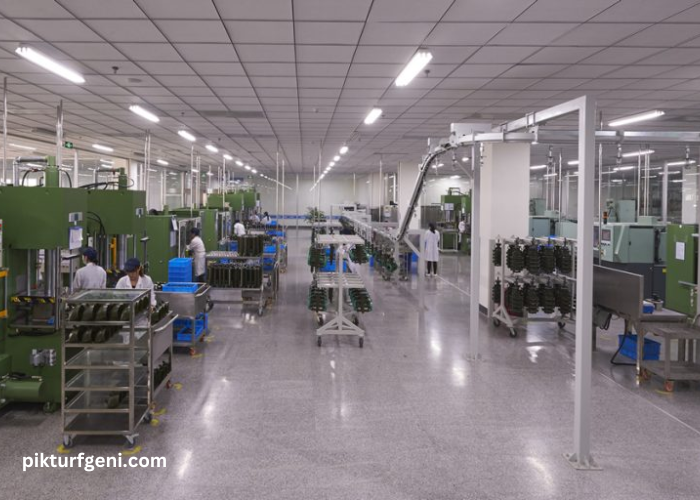Investment casting, also known as precision casting or lost wax casting, is a sophisticated foundry process that has been used widely for centuries. It’s favored for its ability to produce complex components of an excellent finish with dimensional accuracy. It’s especially helpful in making castings where machining isn’t possible or will be too wasteful.
This industry, like many that benefit from regular discoveries, has been evolving fuelled by the following technologies:
1. Green and Sustainable Casting Technologies
There is no denying that foundries, manufacturing plants, and factories have some of the most energy-demanding operations in the commercial world. Experts have warned that if nothing is done, these industries will only be more harmful to the environment, mostly by releasing greenhouse gases.
That’s why there is an ongoing campaign to encourage foundries and similar industries to shift to renewable energy sources, adopt improved waste handling, and make the most of higher-efficiency operations. One of the effective ways to increase the efficiency of your processes is to source high-performance investment casting filters from a top-rated provider like Applied Ceramics so you can reduce the scrap and reworks.
2. Additive Manufacturing
Additive manufacturing (AM), also known as 3D printing, is not what it used to be when it first appeared. Initially quite limited compared to traditional methods, it has advanced significantly and is being used with a myriad of different materials including metal. AM makes it possible to produce complex wax patterns, promoting precision and facilitating the creation of larger and high-quality components.
This technology is rather powerful now, to the extent of being able to print entire structures, thus complex items that take enormous effort to produce with regular casting methods are a breeze.
3. Simulation and Modeling
Simulation and modeling technologies are being used to drive precision even further in investment casting by facilitating the prediction of casting defects. Additionally, they are useful in controlling flow characteristics, stress distribution, and solidification patterns.
With proper simulating and modeling techniques, it’s possible to reduce costs, yet optimize investment casting processes in a way that improves the overall part quality of products.
4. Automation and Robotics
One factor that drives the need for automation in foundries is the safety concerns associated with a majority of the processes in these industries. The use of automated processes and robotics can cut back some of that danger and at the same time increase the competitiveness of manufacturers. Besides, automation is superior because automated hardware and processes will never grow tired and can never burn out. The only challenge posed, which is also common in industries that capitalize on human labor, is malfunctioning or worn-out equipment.
By using automation and robotics in hefty tasks like shell building, pattern assembly, and finishing, manufacturing plants can increase their precision, productivity, and consistency, while lowering human error. Additionally, the workers will have more time to test, implement, and improve product designs.
5. Industry 4.0
Industry 4.0 simply refers to the fourth industrial revolution which is mainly founded on incorporating smart technologies such as data technologies and AI in manufacturing processes. There is an increased use of connectivity and collaboration (Internet of Things) while leveraging real-time data to increase the speed of production and predict maintenance periods.
The introduction of Artificial Intelligence (AI), machine learning, and big data in investment casting is also allowing manufacturers to analyze chunks of information in real-time and make informed decisions on the fly. Manufacturers and researchers are also working together to introduce other innovative solutions such as Virtual Reality (VR) and Augmented Reality (AR) to take prediction and testing a notch higher.
Times Are Changing, No Doubt
The metal casting industry has become quite different, and the technologies being used right now will likely become more sophisticated with time. So even though these technologies may seem relevant at the moment, it’s only a matter of time before they are not the most effective solutions available.
By teaming up with experts such as Applied Ceramics for superior foundry filters and other important players in this industry, you can stay ahead of time and enjoy streamlined production processes that make you more competitive in your space.
Keep reading such informative content at bhtnews.com
